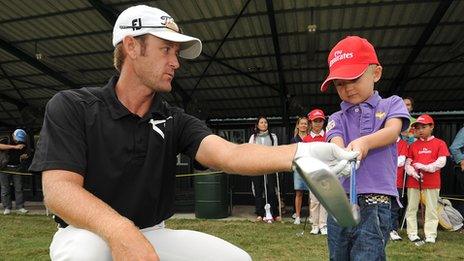Is sport sexist? Six sports where men & women are still set apart
- Published
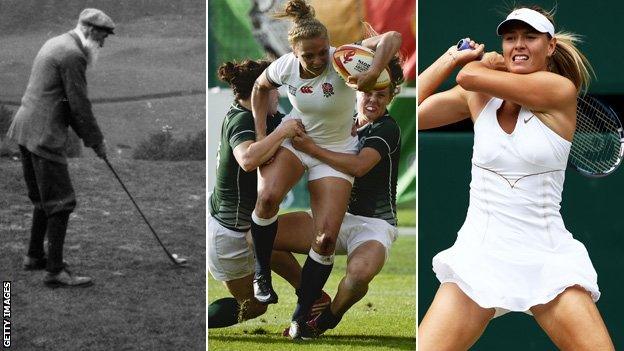
"There's no good reason that women don't have the events that men do"
The world progresses at a rapid pace, but in sport it often stands still. Sometimes for decades. Sometimes for hundreds of years.
On Thursday, the Royal and Ancient Golf Club of St Andrews announced that it will admit women as members. The 260-year-old institution sent out more than 2,400 ballot papers to its patrons, and the result was 85% for yes.
Golf is often regarded as being out of step in a modern society that dances to an ever-changing beat. In a world where women now box at the Olympics, England's female cricketers and rugby union players recently went full-time and hundreds of thousands of women play golf both recreationally and professionally, the sport retains many of its traditions, archaic rules and inequality.
It is not alone.
Here we look at six sports in which differences between men and women remain, and examine why those distinctions continue.
Gymnastics: Showing off the female's grace and flexibility and the male's power and strength
Boys and girls will learn the basics, such as handstands and forward rolls, together but once they start showing potential, which is usually about the age of five, they will be separated by gender.
"Predominantly it's the same sport," says Scott Hann, coach of Commonwealth all-around champion Max Whitlock. "A somersault is a somersault and, in terms of technique and skills, they are very similar."
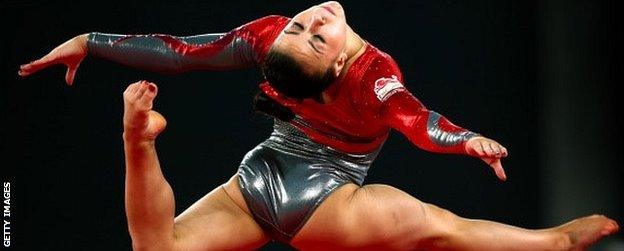
Men have rejected proposals to have music accompanying their floor routines
But male and female gymnasts share only two common events - the vault and floor (only women perform on the floor to music).
Why? Each event is designed to show off the gender's natural qualities. An opportunity for the flexible and graceful sequined-wearing female to sparkle and the biceps-bulging male to test his strength and power. Peacocking for both sexes, just through different means.
While women compete in four apparatus (vault, uneven bars, balance beam and floor), men have six events (floor, pommel horse, rings, vault, parallel bars and high bar).
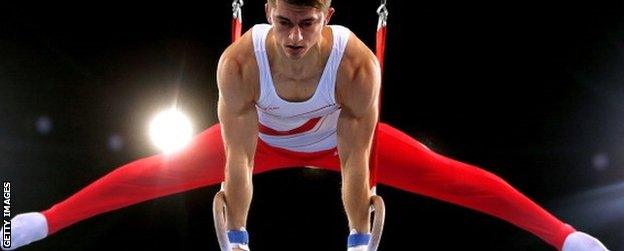
The rings, only competed on by men, test a gymnast's upper-body strength
"There have been no calls for women to do more," says Hann. "There have been a few suggestions to make the male floor routine to music, but there has been resistance as it would take the masculinity out of it.
"Female apparatus focus more on endurance, flexibility and legs. In the apparatus where they have to use their arms, like the uneven bars, they're usually hanging."
Athletics: No women's international decathlon competition of note 'for years'
The men's decathlon has been contested at every Olympics since 1912. But there is still no place at major championships for the women's event. Searching for details of the last women's decathlon competition to be held feels almost as energy-sapping as the event itself.
"This has been an official event for women for years, but it hasn't taken off," says BBC athletics statistician Mark Butler. "I can't remember the last time there was an international women's decathlon of significance."

Britain's Jessica Ennis-Hill won Olympic gold in the heptathlon in London
Toni Minichiello, coach of Olympic heptathlon champion Jessica Ennis-Hill, says organisational difficulties - he refers to "bottle-necking" in the past in competitions with both men's and women's decathlon - and a lack of desire to expand from heptathlon's seven to decathlon's 10 events are reasons it is not popular.
"I wouldn't be a supporter of it, not at this stage, but I would certainly support adding another track event, maybe the 100m, and making it eight events over two days," says Minichiello.
Minichiello on the changes to consider |
|---|
"The women hurdles are 2ft 9in while the men hurdle over 3ft 6in. Should the hurdles be higher? Are they favouring the shorter, faster flat sprinter? In the women's 400m hurdles, the barriers are so small they're insignificant, really. It's not a hurdling event. Elsewhere, the 1kg discus that the women throw, it's a bit pathetic because they are so much stronger than the implement." |
"Every time women's decathlon has been raised by the International Association of Athletics Federations, there's been little support from athletes and organisers because of the logistics of putting it on. Budgeting and television also dictates a lot.
"If the event were to become, say, a decathlon next year, you would see a mass exodus and a new fraternity of athletes would appear. I certainly don't think Jess would attempt it."
Lacrosse: A no-contact rule which has remained unchanged for 124 years
When Dame Frances Dove returned from her voyage of America in 1890, the women's campaigner and headteacher of St Leonards School, external at St Andrews introduced lacrosse to her pupils, giving us the beginnings of the women's game.
Only stick contact was permitted, a rule still in place 124 years later, despite men being allowed full body and stick contact.
It was only this year that the sport's lawmakers agreed to unify the field size for men and women.
Lacrosse - the stick rule |
|---|
The ball has to be seen above the side wall (the stringed net) of the stick for women as there is no body contact and stick work is more skilful. For men, the ball can be below the side wall of the stick as this deeper pocket allows the ball to remain in the stick when a player is body-checked. |
Is there an appetite to allow women to have full body contact?
"In Australia, some women players suggested the women's game be full body and stick contact but did not pursue this after playing a game in the men's competition," says Janet Jackson, chair of women's rules for governing body the Federation of International Lacrosse (FIL)., external
Bobsleigh: Do women have the power-to-weight ratio to push a four-man bobsleigh?
Men first began competing in the four-man bobsleigh at the 1924 Winter Olympics. The wait continues for women bobsledders.
Some have argued a woman's lower power-to-weight ratio, which results in a slower push start, is a hindrance, but former world champion Nicola Minichiello has a different opinion.
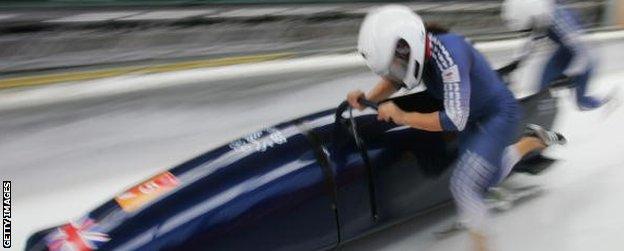
Minichiello became the first British female bobsleigh driver to become a world champion
"It could help prolong their careers because, with four in the team, that's less physical push exertion on the body," she says.
Women's bobsleigh is in its infancy - the two-woman bobsleigh entered the Winter Olympics in 2002 - and its growth continues.
This week the governing body, the International Bobsleigh and Skeleton Federation (FIBT),, external agreed to allow four-woman bobsleigh demonstration races at this season's US trials, North America Cup races and the World Championships.
"It's too soon to be included at the 2018 Winter Olympics, but I expect by 2022 we will have equality," adds Minichiello.
Swimming: 'Allowing women to swim 1500m freestyle would add excitement for everyone'
Prior to 1968, when women were first allowed to compete in the 800m Olympic freestyle, the female of the species was regarded as too delicate to swim over long distances.
These days, the men's and women's Olympic schedule contains 17 events, with the only difference being men swim 1500m while women compete over 800m.
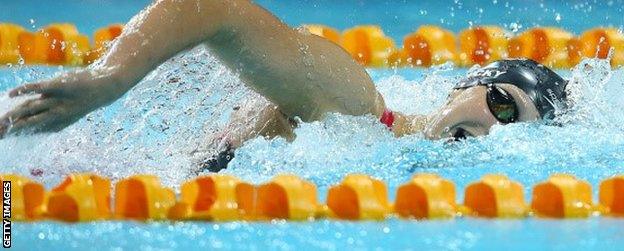
Women are said to be against losing the 800m freestyle as an Olympic event
Sports writer David Epstein, author of The Sports Gene: Inside the Science of Extraordinary Athletic Performance,insists there is "no good physical reason" why women can't compete over 1500m at the Olympics.
Long-distance swimming |
|---|
400m freestyle (men & women) |
800m freestyle (women only) |
1500m freestyle (men only) |
10km marathon open water (men and women) |
The women's 1500m freestyle is held at the World and European Championships, but the best long-distance female swimmers rarely compete. Why train for a non-Olympic event?
Fina,, external the sport's governing body, has looked at ensuring men and women race in the same events, but there is said to be reluctance from female athletes to lose the 800m as it would likely ruin their prospects over the shorter sprint events.
"In running events, the typical average difference between top men and top women is about 11% no matter the distance, from 100m to 10,000m. In long-distance swimming it closes to 6%," says Epstein. "There are women who would do very well in long swimming races."
Cycling: Is the sport's governing body missing a huge opportunity?
For female cyclists, the roads on which they race aren't paved with gold.
Female riders want equality in pay (there's no minimum wage for professional female road cyclists), equality in prize money and equality in racing (women can race up to 140km a day on the road, while men are allowed to ride 280km).

Female road cyclists also have concerns over coverage, funding and safety
Olympic silver medallist Emma Pooley and world road race champion Marianne Vos have set up the Tour Entier,, external a campaign for a women's race at the most prestigious event of them all, the Tour de France.
"Not having some of these sporting events for women is just inertia from a time when it was believed women weren't sturdy enough for serious training and competition," says Epstein.
Former Olympic champion Nicole Cooke's retirement speech |
|---|
"At the age of 12 one is unaware of the problems ahead. One expects there to be an infrastructure for both boys and girls to develop and demonstrate their talents; to nurture them. One does not expect that nothing is available if you are a girl or that worse still, girls will be specifically excluded, not allowed to compete. It is somewhat of a handicap trying to demonstrate just how good you are on a bike when you are not allowed to ride." |
"In 1967, when Kathrine Swizer was the first woman to complete the Boston Marathon, critics told her her uterus would collapse if she ran too much.
"There is no doubt that there are important physical differences between men and women. They range from men's denser bones [which can support more muscle], taller stature, longer proportional limbs, to more oxygen-carrying red-blood cells.
"That, of course, is why we separate men and women for the purposes of competition. But the short answer is: there's no good reason that women don't have the events that men do."
Other sports where the sexes differ | |
|---|---|
Tennis: While men play five sets at Grand Slams, women can only compete over three sets. | Shooting: Women don't compete in the rapid fire or 50m pistol, nor at Olympic level in the double trap or 50m rifle prone. |
Diving: Women take five dives, while men take six. | There are more weight divisions in Olympic men's boxing, wrestling and weightlifting than in the women's side of the sport. |
- Published18 September 2014

- Published16 September 2014
- Published26 March 2014
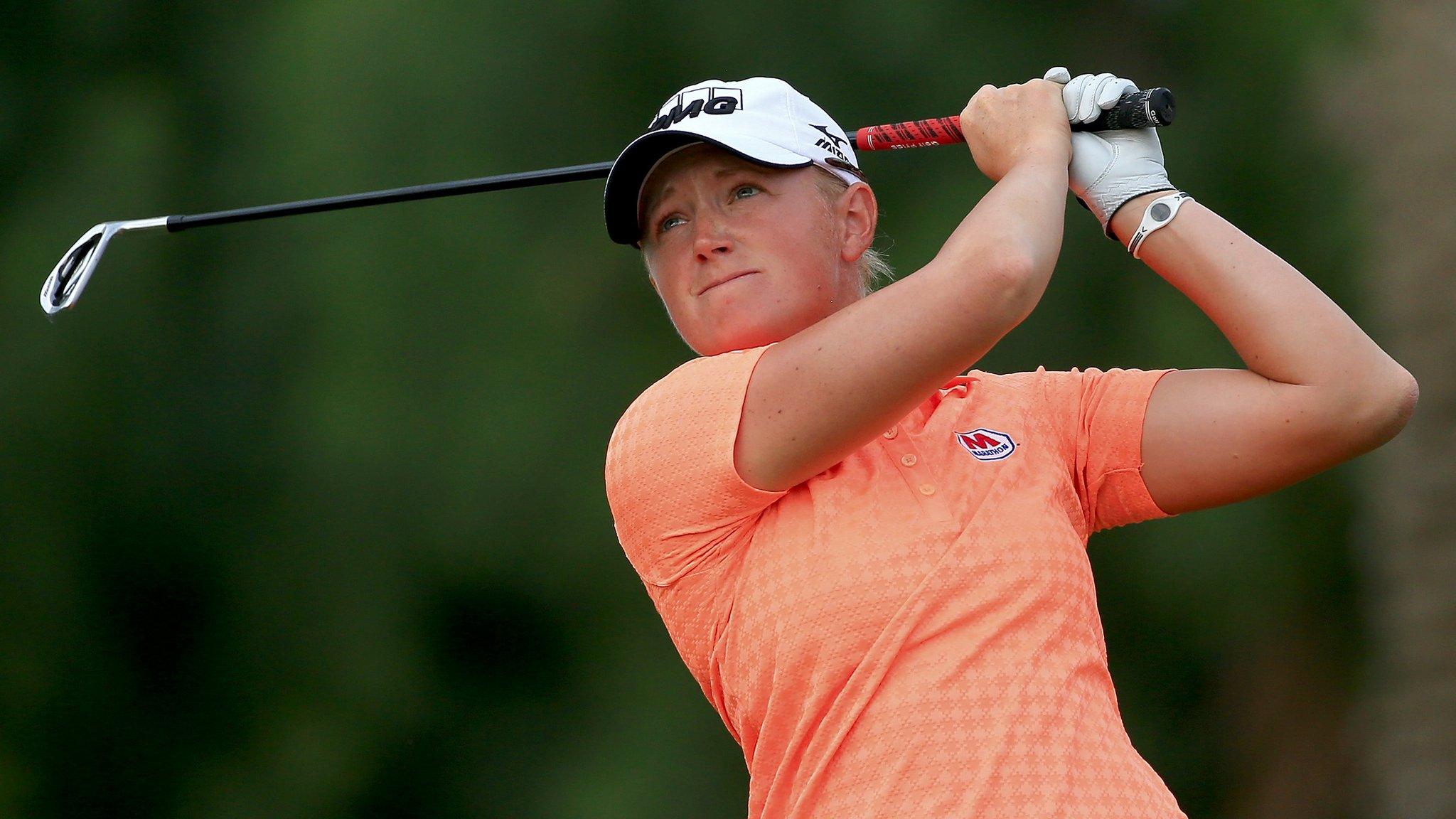
- Published26 March 2014
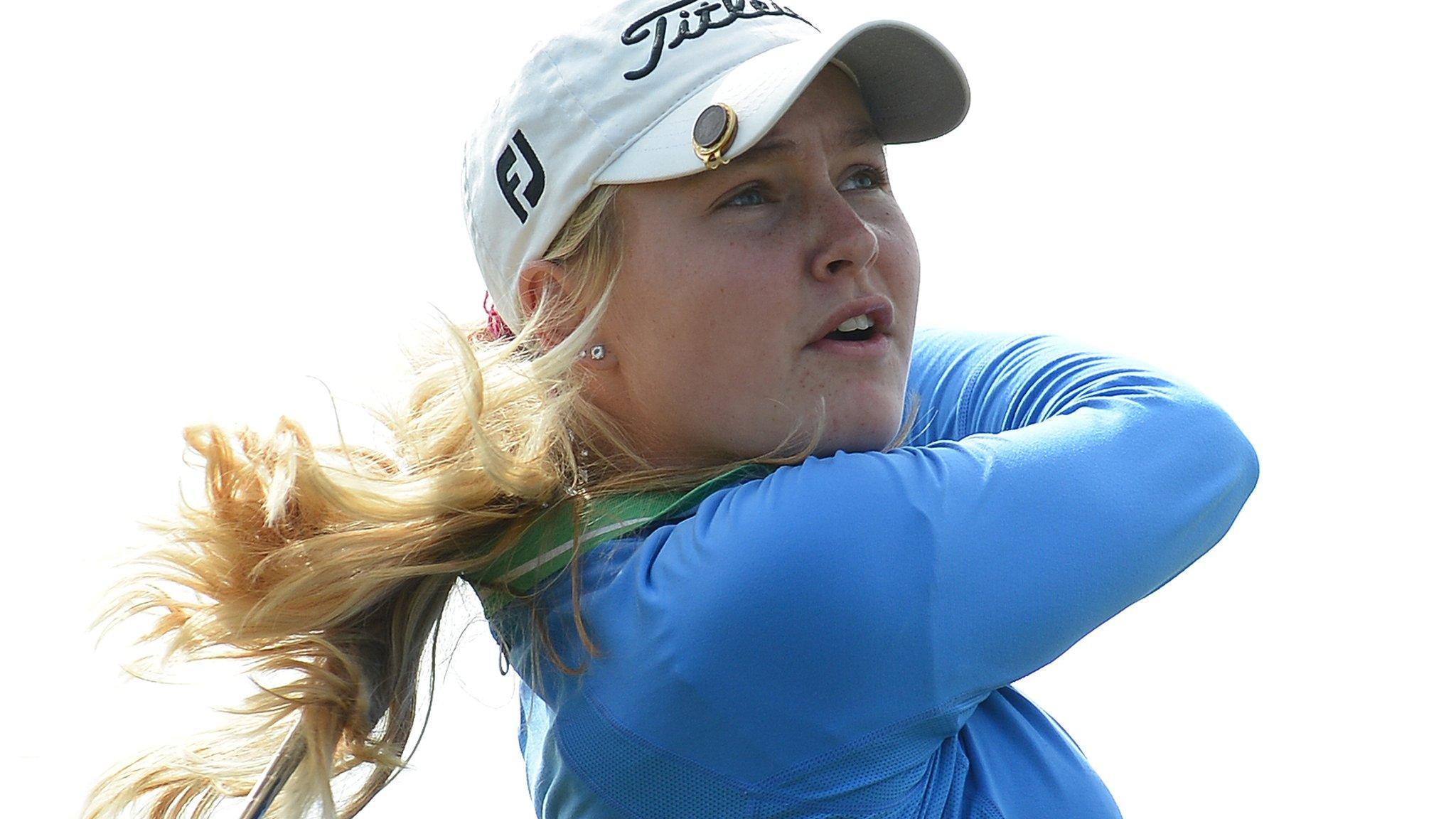
- Published2 October 2016

- Published28 September 2018
